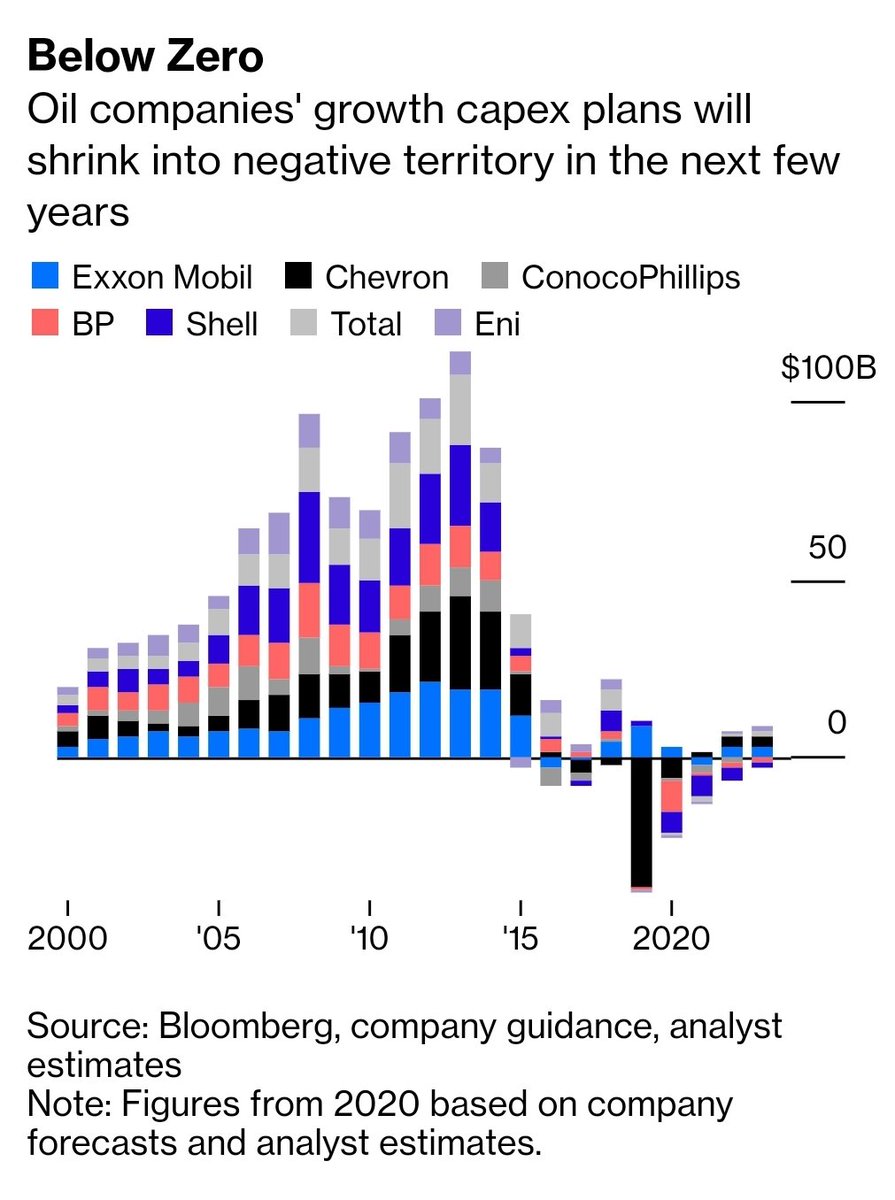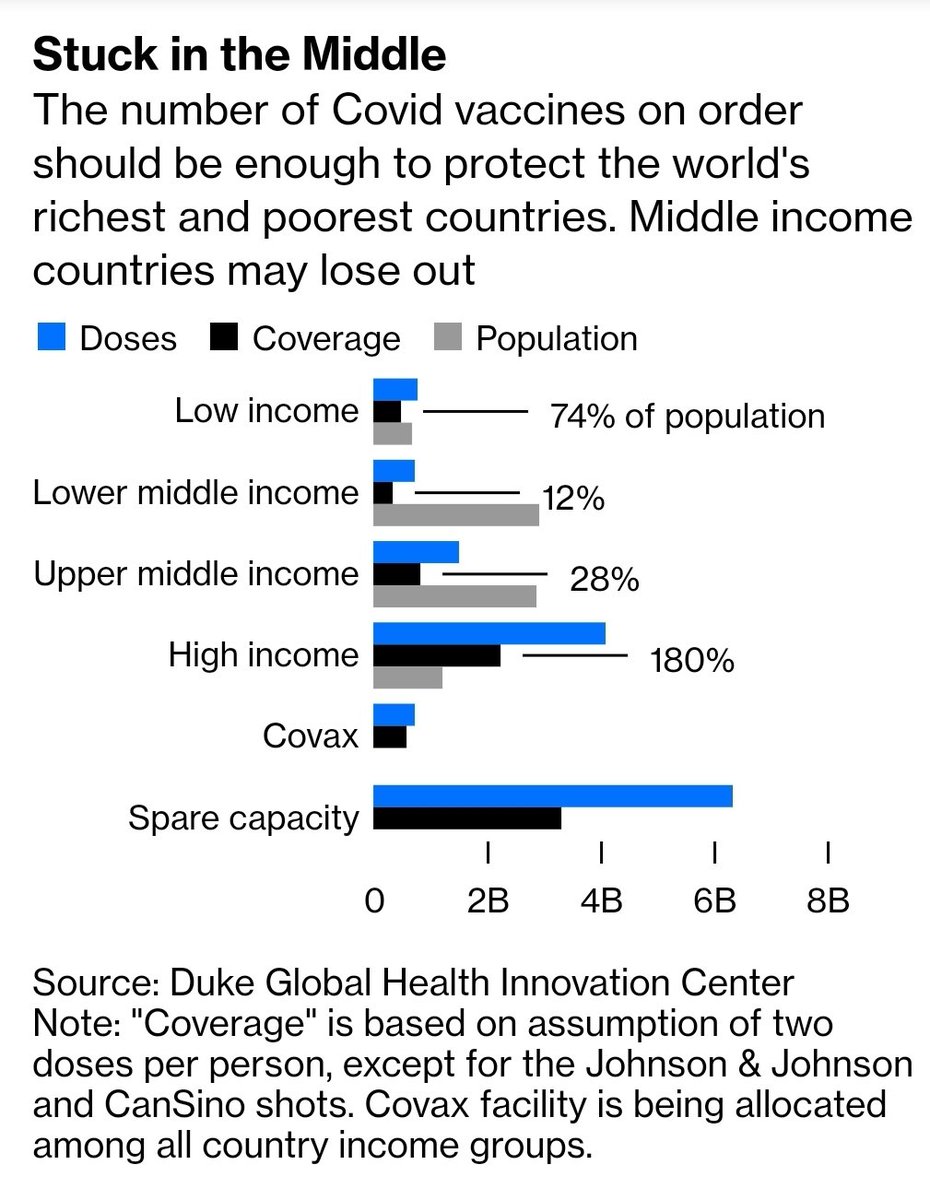
I still think until you see RWE do something with its several hundred million tons of allowances, you should be long EU carbon.
https://twitter.com/Guay_JG/status/1394262282608078848
RWE is hedged out to 2024 so probably needs about 240m tons of allowances for that alone.
It holds them at an average ~€5.50 and could sell them tomorrow for 10 times as much.
Think about that. The biggest owner of carbon credits *isn't prepared to sell at these prices*.
It holds them at an average ~€5.50 and could sell them tomorrow for 10 times as much.
Think about that. The biggest owner of carbon credits *isn't prepared to sell at these prices*.
Also: 240m tons at €55/ton is about €12bn.
RWE holds allowances at cost, so this value isn't reflected in the accounts.
But RWE's entire market cap is only ~€22bn!
RWE holds allowances at cost, so this value isn't reflected in the accounts.
But RWE's entire market cap is only ~€22bn!
Obviously the downside risk if it sells and gets it wrong is catastrophic.
Power where it's eking out margin at €70/MWh would suddenly cost it €120/MWh.
Power where it's eking out margin at €70/MWh would suddenly cost it €120/MWh.
And it would still have to deliver those sold power contracts at €70/MWh. So it would be disastrous.
But RWE claims to be hedged in some form for the rest of the decade.
But RWE claims to be hedged in some form for the rest of the decade.
After 2024 that's probably covering the carbon "spread" between lignite and gas rather than covering the whole cost of carbon. But it's still a substantial sum.
Why not announce an early closure of a lignite plant, sell the carbon to airlines, and build renewables to deliver on the power contract instead?
I've asked RWE about this and it's still not really clear to me.
I've asked RWE about this and it's still not really clear to me.
• • •
Missing some Tweet in this thread? You can try to
force a refresh







